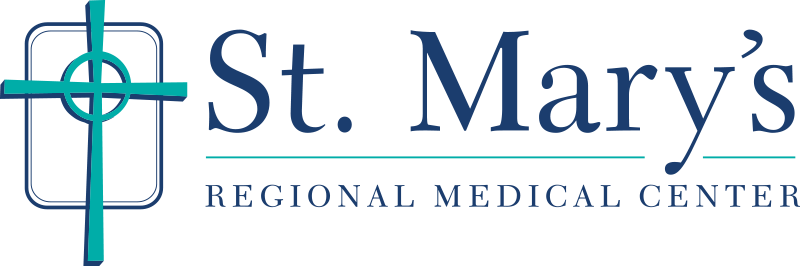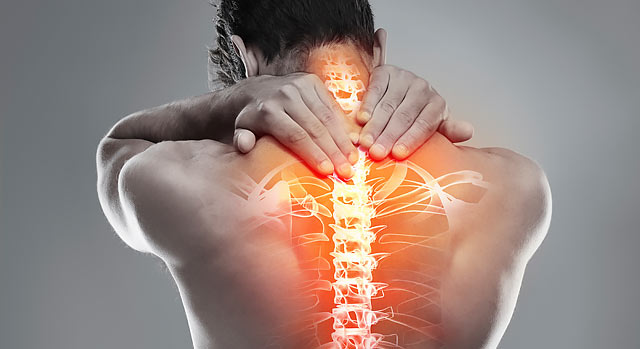Neuroscience and Spine Program
The neuroscience and spine team at St. Mary’s Regional Medical Center uses advanced medical technology to treat a wide range of neurological problems, including chronic back pain and spine compression, spinal fracture, brain tumors and other spine and nerve disorders. Image-guided surgery, which helps surgeons operate with more precision than standard surgery, is among the latest technological advancements added to the Neuroscience and Spine program's services.
Image-Guided Surgery
Doctors at St. Mary's Regional Medical Center have access to a surgery system called the StealthStation® system, which offers 3D imaging technology to guide neurosurgeons through complicated operative procedures, including brain, spinal, orthopedic and ear/nose/throat surgeries. As a result, patients may experience faster recovery times, as the procedures are often less invasive and more precise than standard surgery. The StealthStation® system allows neurosurgeons who perform surgery at St. Mary's Regional Medical Center to see a lobe of the brain and its relation to a tumor, or the structure of a vertebra in the spine to help the surgeon best place an artificial implant to maximize the patient’s mobility.
Detailed Surgery Planning
The 3D images are so precise that surgeons can plan the surgery beforehand, determine the exact path to the targeted area, and know what critical structures must be avoided. Prior to the operation, the patient undergoes diagnostic testing such as CT (computed tomography) scan or an MRI (magnetic resonance imaging). These images are converted into 3D images showing the patient’s organs, muscles, tissues and nerves. The surgeon then plans the operation on the computer using this information. When surgery begins, the 3D images are synchronized with real-time information provided by light emitting diode (LED) cameras within the operating room. During surgery, the system provides a constant flow of information so that any necessary adjustments can be made. By enabling the surgeon to focus more precisely on certain areas, nearby muscle, tissue, nerves and blood vessels may be avoided. As a result, patients often spend less time in the operating room, have smaller incisions and less trauma to the surrounding tissues. This leads to shorter hospital stays and faster recoveries. Image-guided surgery also provides new alternatives for patients with multiple medical problems, those who may not be able to tolerate large, invasive incisions, and patients whose conditions in the past would have been considered inoperable.
Cervical Disc Arthroplasty
Surgeons who practice in the Neuroscience and Spine Program also offer a procedure called cervical disc arthroplasty, which involves replacing a disc in the cervical section of the spine with an artificial disc. In the past, many people would undergo a type of surgery called fusion to relieve the severe pain of disc injury or degeneration. Fusion involves fusing bone to bone to immobilize spinal segments. Although it may provide pain relief, it also greatly decreases range of motion. The benefit of an artificial disc is that it functions much like a joint, enabling people to bend and rotate as they would with a natural disc. The procedure is not right for everyone, so make sure to talk to your doctor about the pros and cons of the procedure.
Kyphoplasty
Surgeons at St. Mary's also perform a procedure called kyphoplasty to stop pain caused by a spinal fracture. The procedure stabilizes the bone and reverses compression of discs. The most common candidates for this minimally-invasive procedure are people with osteoporosis or certain types of cancer who have developed a compression facture. In kyphoplasty, the surgeon makes a small incision in the back and inserts a narrow tube. A special balloon is then inserted through the tube and into the vertebrae and the balloon is inflated. As the balloon inflates, it repositions the fracture back into a normal position. The procedure helps increase mobility and reduce pain, thus improving quality of life for many people.
After Surgery
Following surgery, patients may undergo rehabilitation at either our inpatient Rehabilitation Institute or our outpatient Center for Rehabilitation.

